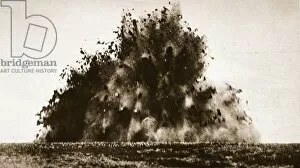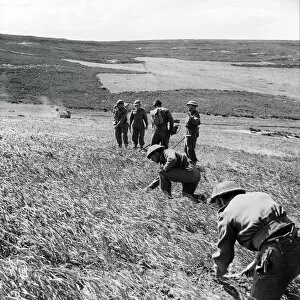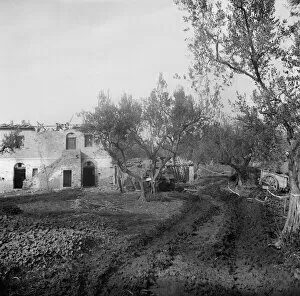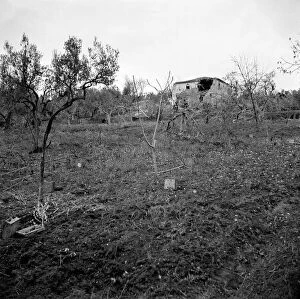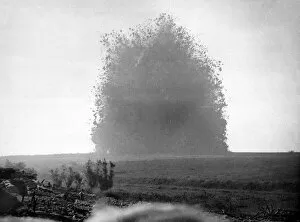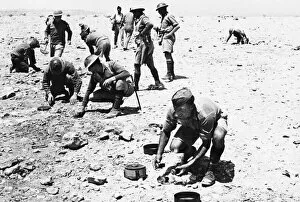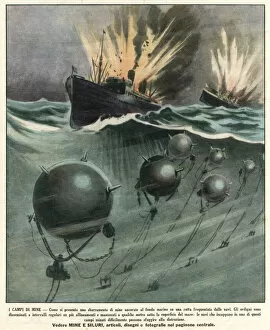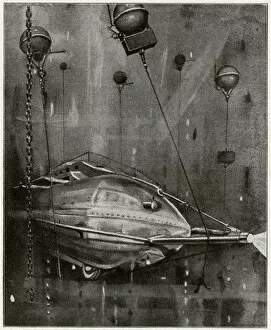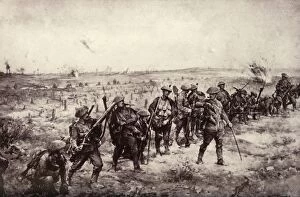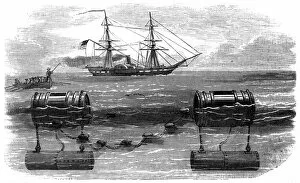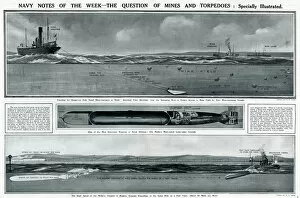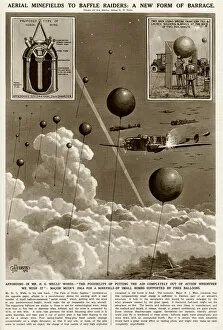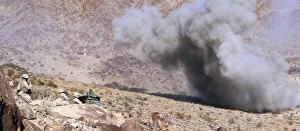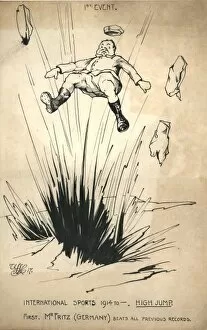Minefield Collection
"Navigating the Deadly Waters: Tales of Heroism and Peril in Minefields" In the treacherous waters of the Mediterranean, HMS Kale, an E-class River-class destroyer
All Professionally Made to Order for Quick Shipping
"Navigating the Deadly Waters: Tales of Heroism and Peril in Minefields" In the treacherous waters of the Mediterranean, HMS Kale, an E-class River-class destroyer, braved a minefield to protect vital supplies. A remarkable and heroic attempt by the Italians to convoy fresh fish through this perilous zone was witnessed in 1941. Fighter aircraft escorted them, showcasing their determination amidst danger. The Dardanelles witnessed Lieutenant-Commander Edward Boyle's daring escape from Turkish mines aboard submarine E14 on April 27th, 1915. This lithograph captures his evasive maneuvers with precision. World War One brought devastation even within French territory as a large mine detonated explosively. The black and white photo serves as a stark reminder of the destructive power lurking beneath our feet during wartime. Amidst chaos and destruction, sappers from the Royal Engineers' 237 Field Company worked tirelessly to clear minefields after battles had ceased. Their efforts ensured safe passage for those who followed in their footsteps along the River Senio in Italy. Licolle Ridge held its own deadly secret - a lane leading up to it was riddled with hidden mines that posed grave risks for advancing troops. Only marked by white tape did soldiers dare traverse this dangerous path during uncertain times. Indian soldiers played a crucial role in detecting hidden dangers within minefields using metal detectors during World War Two. These brave men meticulously searched for mines along dirt roads or anywhere they could be concealed. The haunting images captured on film reveal tanks blown apart by unsuspecting mines scattered across battlefields. Such devastating losses serve as reminders of how these explosive traps claimed lives indiscriminately throughout history. Detonations were not only reserved for enemy forces but also served as necessary measures taken to neutralize discovered mines safely. The explosion frozen in time reminds us of both imminent danger and relief when such threats are eliminated.




